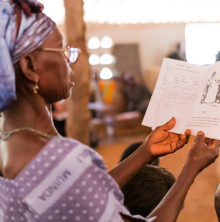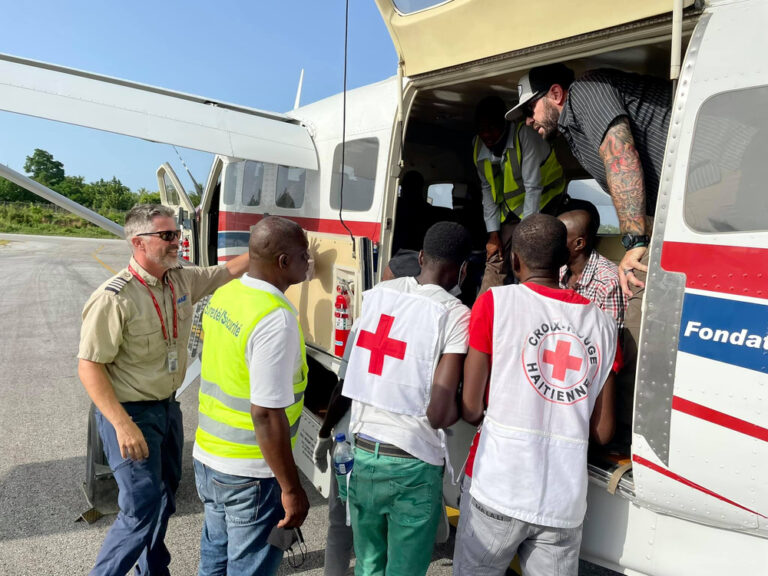
Each of us pilots has our own secret gulp moment. A time when, despite training, diligence, and confidence, a voice in the back of our head brays, “Are you sure you really want to do this?
Challenging landings get all the press, but for me it was takeoffs from jungle airstrips. I’d sit, idling propeller rocking the plane, calculations and checklists complete, feet pressing brake pedals, left hand on control yoke, right hand atop throttle. I had only to lower my right palm slightly and push forward—310 horsepower would hurtle my passengers and me down a narrow mud strip. But at that moment, when I’d done all I could do, the runway looked shorter and the trees higher than they did just minutes before.

Then, in 1999 a letter from my boss asked a question, “Would this work for your program?” Attached were two photocopied pages describing a proposed new airplane. Called a KODIAK, this single-engine, designed for bush flying, workhorse promised amazing performance—especially for takeoff.
On an 80°F day, at 2,000’ elevation in our standard Cessna 206 with 2 hours of fuel and 1,200 pounds of passengers and cargo aboard, I’d need 2,100’ of space between the start of my takeoff roll and 50’ trees at the far end of the runway. In a KODIAK, on the other hand, I’d need only a third the distance, 790’, to do the same thing.
I responded, “Yes!” But frankly, it seemed too good to be true. A wish. A fantasy. Besides at $1 million each (four times the price of putting a Cessna 206 on the field) I figured the chances of ever seeing one in Ecuador were essentially nil.


Fast forward 16 years to a few days ago. Faith and generosity converged when two Ecuador program pilots took off from Nampa, ID, to ferry a brand new KODIAK to Ecuador. As I write this, that airplane sits in Shell awaiting official approval to serve Amazon Jungle forgotten people. God’s grace and power transformed ethereal vision into flying reality. Humbled. Despite my unbelief, I got to be a tiny part of a big dream.


